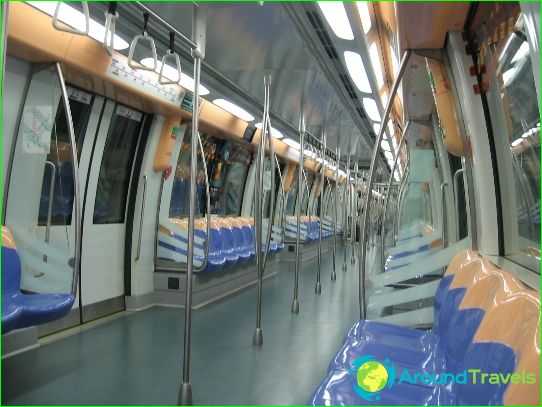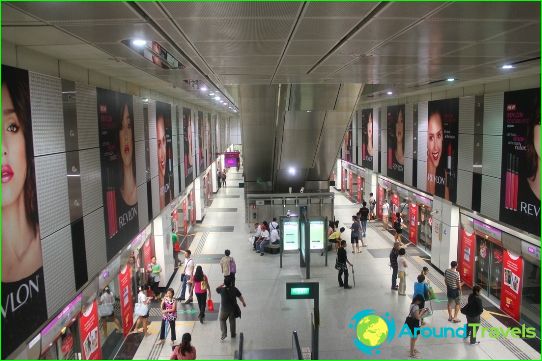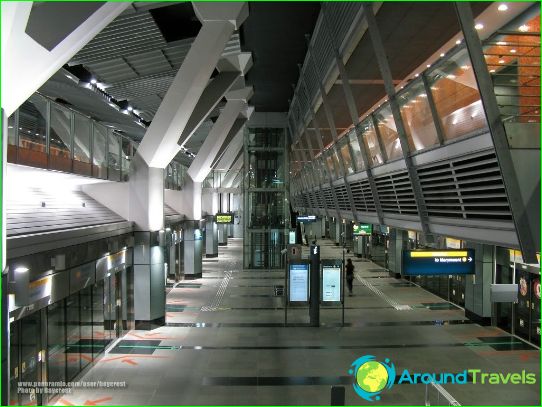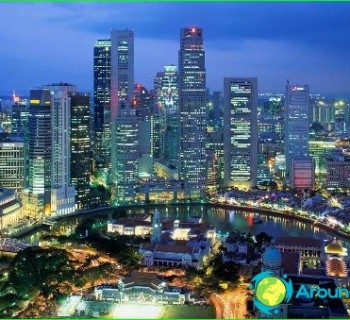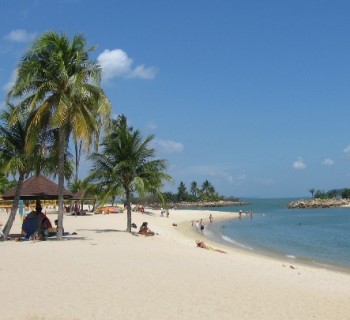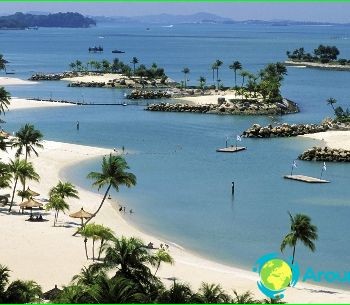Singapore metro: map, photo, description
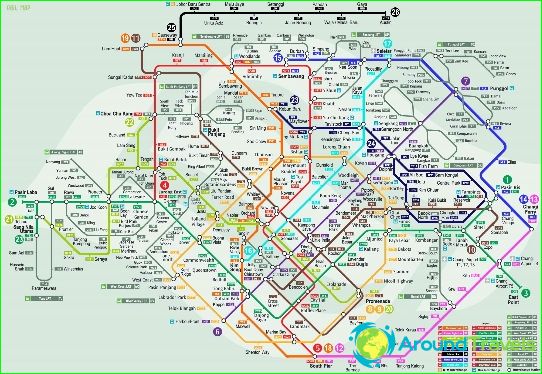
Singapore Metro (Mass Rapid Transit or MRI) is a rapid transit system that covers the entire city-state. The first section between Yio Chu Kang and Toa Payoh opened in 1987, making the Singapore Metro the second oldest in Southeast Asia after Manila. Since then, the network of lines has grown rapidly in line with plans to fully meet the needs of the population and establish the underground as the main public transport system in Singapore. In the meantime, the Singapore metro is inferior to the bus. In 2012, the average daily metro passenger traffic was 2 649 000, which was about 76% of the passenger traffic of the bus network in the same period..
The Singapore Metro is 153.2 kilometers long and 106 stations. The Singapore metro is linked to the light metro, and the city's plans are to link all types of public transport. The metro opens at 5:30 am and closes at 1 am (excluding national holidays). Interval of train movements - from 90 seconds to seven minutes.
History of the Singapore metro
Plans for the construction of the metro emerged back in 1967. At that time, the authorities were deciding whether the rail system was profitable in relation to the bus network. After a lengthy debate, it was decided that, in any case, bus routes are not enough for a developing city, limited by land space. Work began in 1983. and on November 7, 1987, the first section of the metro was opened. The six-kilometer North-South line, consisting of five stations, began serving passengers. Later, fifteen more sections were completed, and on March 12, 1988, the official opening of the Singapore metro was announced..
Singapore metro stations
Each station is equipped with the Singapore Metro, equipped with ticket vending machines (GTMS), a Passenger Service Center, plasma displays showing train traffic information and urgent announcements. All metro stations are equipped with toilets and payphones. Some major stations have retail stores and kiosks, supermarkets, payment machines and automated kiosks for a variety of services. Escalators in the Singapore metro are characterized by increased speed - they carry passengers up and down at a speed of 0.75 m / s, which is 50% faster than the escalators we are used to..
The first metro stations solved functional problems. Little attention was paid to design during their construction. Architectural sophistication became important only in the subsequent stages, when each station became a unique work of art. With the opening of the northeastern metro line in the metro, the program "The Art In Transit" started, within the framework of which exhibitions were organized at each station, and the platforms themselves took the form of exhibition halls. The most beautiful station in Singapore is the station «Changi airport» - the easternmost in the metro network, it has the widest platform, and ranks 10th out of the 15 most beautiful metro stations in the world.
Singapore Metro tickets
Singapore Metro tickets can be purchased from machines at the station entrance. Payment by zone - the fare depends on the route. Tickets are scanned at the turnstile validator and are stored until the end of the trip - they are also scanned at the exit.
A contactless smart card Singapore Tourist Pass is issued for tourists. This card can be purchased at some TransitLink ticket offices and shopping centers. The deposit for the card is refunded within 5 days from the date of issue of the card.
Photos of Singapore metro
Singapore metro map
